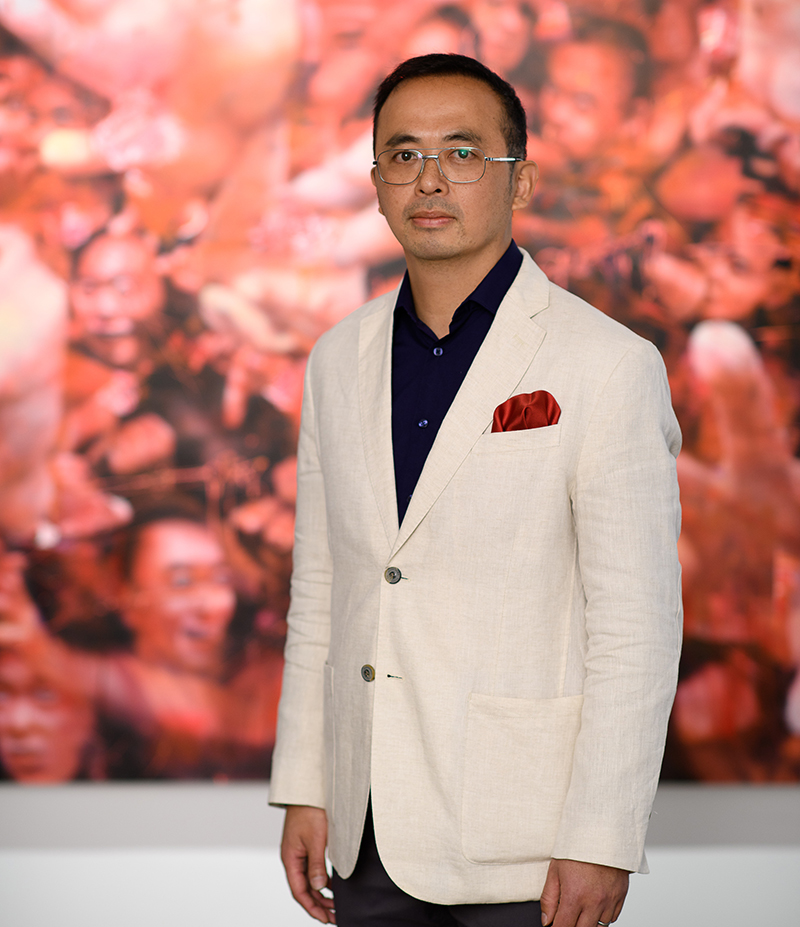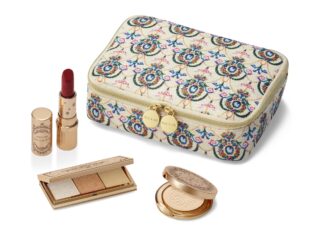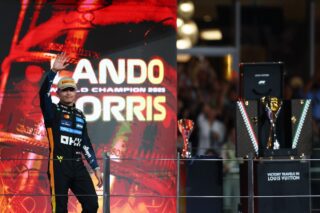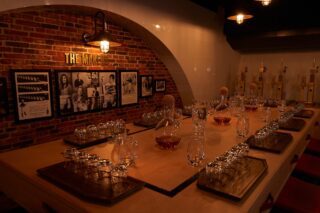This website uses cookies so that we can provide you with the best user experience possible. Cookie information is stored in your browser and performs functions such as recognising you when you return to our website and helping our team to understand which sections of the website you find most interesting and useful.
Chinese artist Li Tianbing brings conflict and colour to Mayfair
By Tempus | 9 May 2019 | Culture
Li Tianbing’s URBAN SCENE exhibition will remain at JD Malat Gallery until 15 June
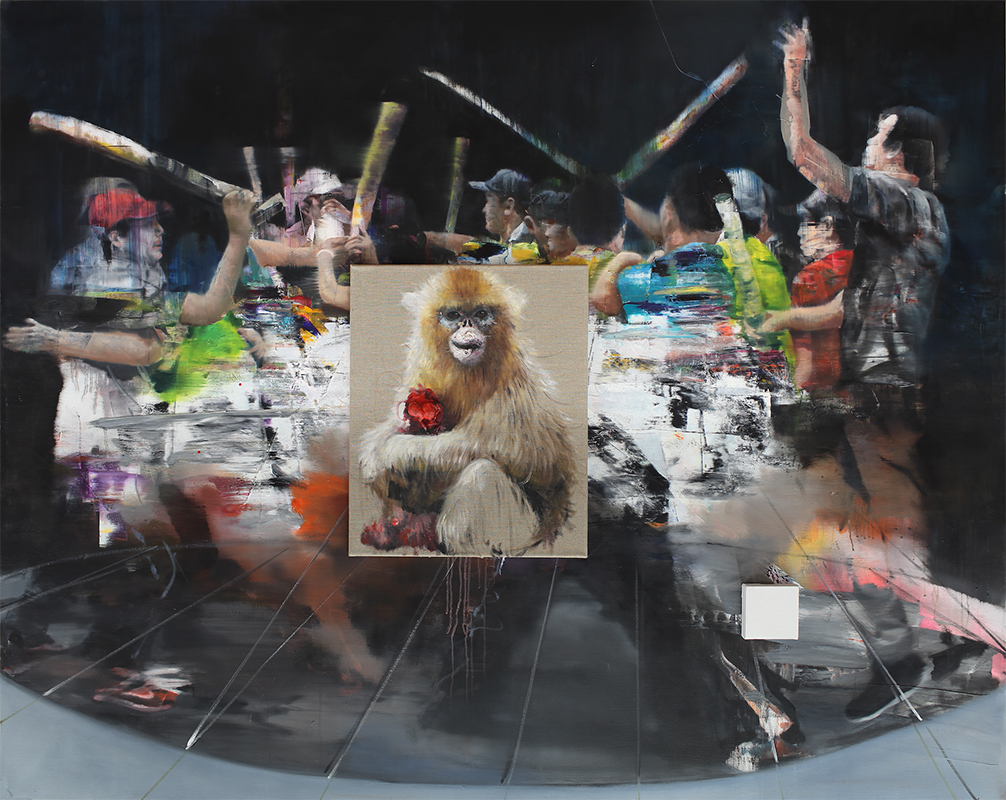
Chinese artist Li Tianbing is best known for his politically charged and boldly abstract paintings, reflecting the conflict and tension of his subject matter through a clash of realism and expressionist styles. Now, the artist is back in London for his URBAN SCENE exhibition, hosted at Mayfair's JD Malat Gallery until 17 June.
After leaving China in 1996, Tianbing studied in France before working in the US and Europe. He cites Francis Bacon as one of his major influences. "Francis Bacon is the first artist from London who influenced my art when I arrived in Paris, showing my art in London is mentally important for me," he tells Tempus. "I travel back to China frequently every year, but through painting I approach China’s problems from the point of view of an overseas Chinese."
These problems include the country's controversial One Child Policy, which inspired his previous collection of works to great acclaim. Here, Tianbing shares the influences behind his latest works, and why tension is crucial to his artistic achievements.
Tell us about your London exhibition, Urban Scene?
URBAN SCENE is a different subject to my last show in London, so the way I painted was different too. My last series was about the one child policy in China, which reflected on my childhood. This exhibition talks about the actuality and people may be surprised to see the change in my art. There is no political statement in this series, I was fascinated by body contact and the movement during all the conflict [internationally]. As we can see, humanity is in big danger everywhere, and as an international artist I remark that and reflect that in my art.
How would you describe your art, and your relationship with photography?
My paintings are 100% paint, there is no collage or photographs. There is a mix of realist and expressionist styles in my paintings, which are like my right hand and left hand; I work with these two styles simultaneously when I paint. The photograph is in the first step which helps me to collect the images, but once I have begun painting, I need to forget these images as photography can limit my imagination. >>
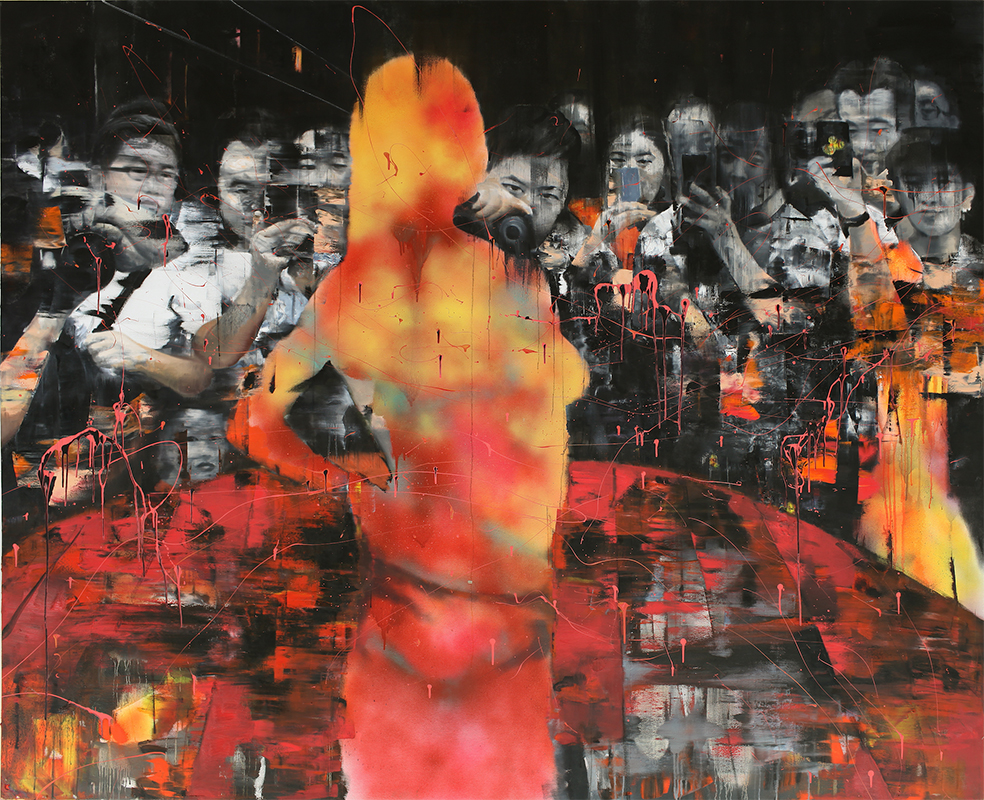
Your work often depicts elements of conflict or tension in the subjects. What makes this so visually compelling?
The tension and the contradiction always create the power [in a piece]. During the conflict, our vision becomes different from its normal state, some parts become blurry because of the movement and some parts become more concentrated and intensive. I have been inspired by the Occupy Central movement of Hong Kong, the US Presidential election of Donald Trump, the Syrian refugees and the Gilets Jaunes movement in France.
Your use of colour in URBAN SCENE is wonderful – could you tell us a bit about your choices?
I’m always fascinated by the grey cement colour coexisting with the fluorescent publicity colours in the big cities. My old series used few colours, mostly black and white, but URBAN SCENE is trying to explore the potential of colours in my painting. I challenge my painting all the time, and feel bored repeating the same styles. I try to develop different styles, and each style is like my kids. I have several children, each is different and they grow up and learn from each other together.
